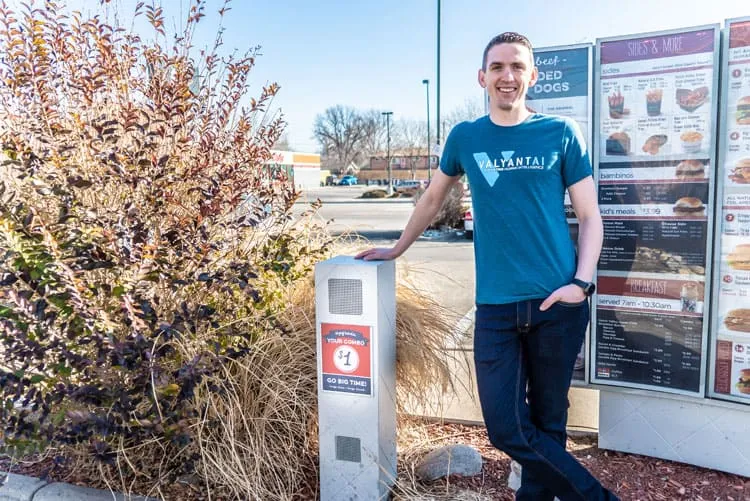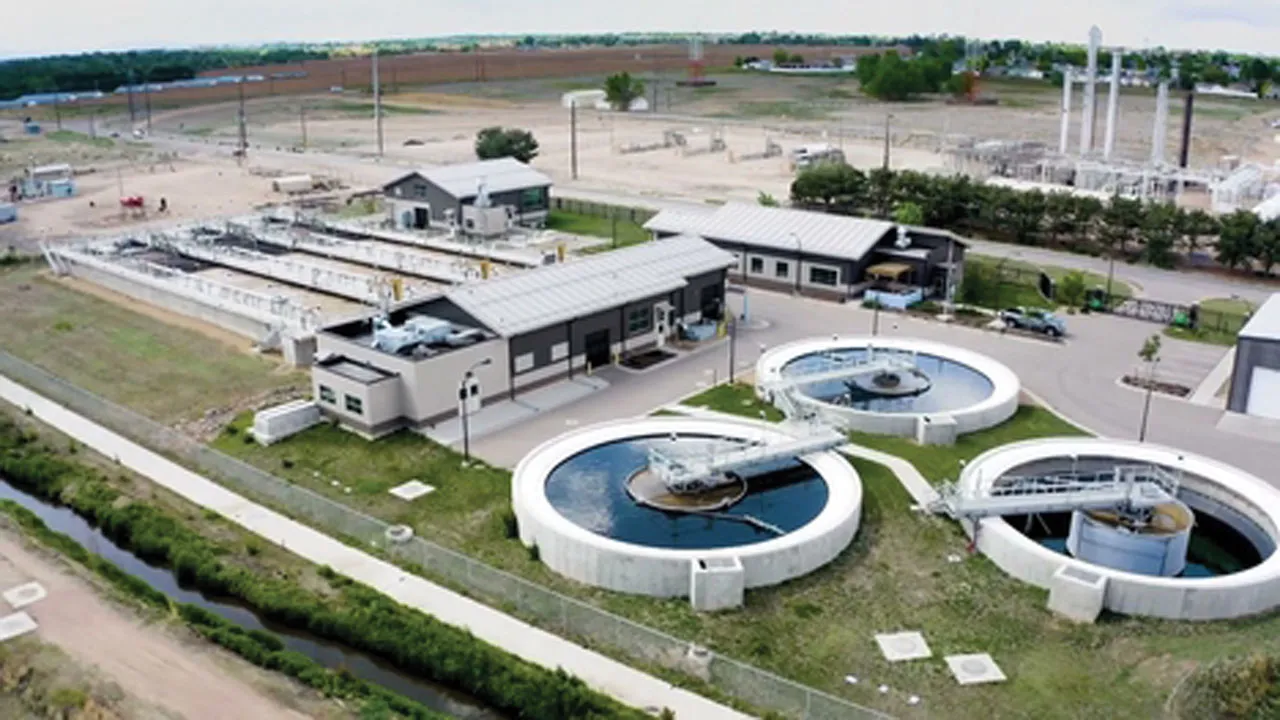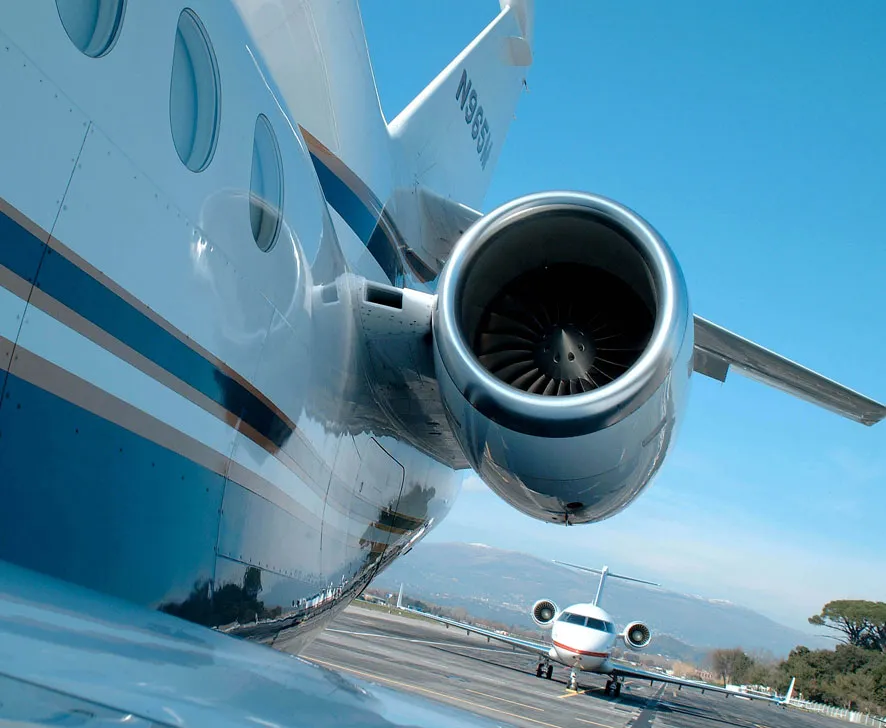AI, robotics takes jobs, creates others

Artificial intelligence has the potential to radically alter the way employment looks in the future.
And while it’s true there are jobs that will likely be replaced with robots or artificial intelligence that could do those jobs more efficiently or with less cost, the people on the front lines building the robots see a net benefit for all involved — even the employees.
Developments in technology led to the possibility of artificial intelligence in the workplace.
“One could argue we have always been moving in this direction,” Terry Olkin, CEO of
THIS ARTICLE IS FOR SUBSCRIBERS ONLY
Continue reading for less than $3 per week!
Get a month of award-winning local business news, trends and insights
Access award-winning content today!




